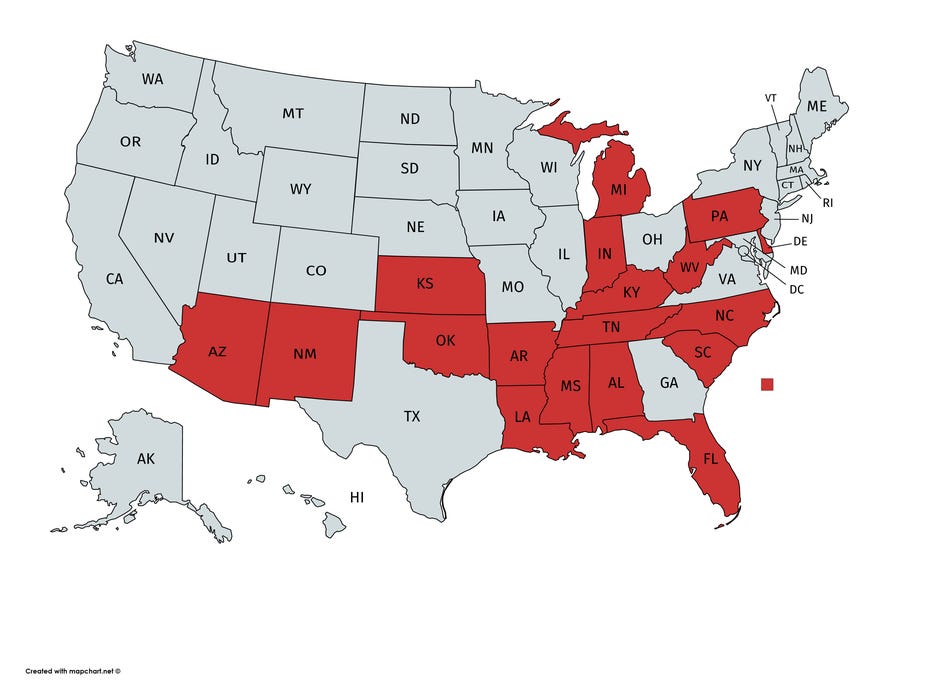

The list of design criteria expanded incrementally as we took apart production spec Model 3s. This produces the first round of design criteria and constraints to respect and design within. From a distance, it is easy to see general topics of where ducts, sensors and lighting is located. The moment we saw the first debut we started sketching designs. During engineering we first evaluate what we do know this goes back to March 31 of 2016 when we first saw the Alpha version of the car. Making something that looks beautiful is easy, relative to the challenge of making beauty that meshes seamlessly with a long list of “do nots”. The Model 3 is a masterpiece of engineering and our default stance is to require any design we make to be harmonious with the car’s engineering and functionality.

Technical Design Criteria – Harmony With Engineering: As a result, our Model 3 design is made with a vision of what the Model 3 can become, while delivering a design that can be installed in the present. We aim to create designs that represent not only what the car is, but what it will become. This process is not largely different from the first time we re-designed a Model S in 2013, making it look like the supercar we knew it could become: the platform which earned the title for the fastest 0-60mph production car in the world. The intended result of this process is something that emulates what we feel the true potential of the Model 3 platform can become. Ultimately, we look for thoughts, feelings and specific ideas that mesh those two worlds. We then deeply consider the already-great work from Tesla’s design team, and try to place ourselves in their shoes in an effort to honor their intentions and gain perspective. As Tesla owners and enthusiasts we follow our heart and aim to highlight what we love about the car first and foremost. What makes a car’s DNA is of course subjective. In turning the dial up with our design we always ask ourselves, is this something that would look appropriate in a Tesla showroom as a special model? If the answer is ever no, we erase the page and start over. We naturally want all of our work to amplify the ethos of the car, but to never lose sight of its soul. Self-Imposed Design Criteria – A DNA Match:Įverything we create starts step one from a perspective of honoring Tesla and the revolutionary DNA held within each car our product touches. MODEL S (2012 - 2016.5) PERFORMANCE SUSPENSION MODEL S (2012 - 2016.5) PERFORMANCE BRAKES MODEL S (2012 - 2016.5) EXTERIOR AERODYNAMICS MODEL S (2012 - 2016.5) PERFORMANCE UPGRADES UNPLUGGED PERFORMANCE MODEL S-APEX (2012 - 2016.5) MODEL S (2016.5 - 2020) PERFORMANCE SUSPENSION MODEL S (2016.5 - 2020) PERFORMANCE BRAKES MODEL S (2016.5 - 2020) EXTERIOR AERODYNAMICS MODEL S (2016.5 - 2020) PERFORMANCE UPGRADES UNPLUGGED PERFORMANCE MODEL S-APEX 2016.5 - 2020 Although we have never had a plate backing come loose accidentally, each plate backing is balanced such that if it did the plate would hang and not fall off.MODEL S PLAID / LR PERFORMANCE SUSPENSION Using the included flat wrench you can loosen the bolt a ¼ turn and then slide the plate off before the wash. If you absolutely need to use a rag car wash, then the Platypus should be removed to avoid getting caught up in the machine. We believe that touchless is the only kind of automatic car wash anyone should subject their Nissan's paint job to. At times when the plate is not needed, it can be removed easily, leaving no trace that it was ever there. This method of installing the front plate is common and legal in all states that require front license plates. This Platypus is designed to fit the existing port on the front bumper of a GT-R for model years from 2017 to 2022. In many states, you need a front plate on your Nissan, but that does not mean you have to drill it in permanently. It is one of the best Nissan GT-R accessories for keeping your license plate holder legal with no drilling required. The Platypus is a front license plate bracket that is made in the USA to exacting specifications.


 0 kommentar(er)
0 kommentar(er)
